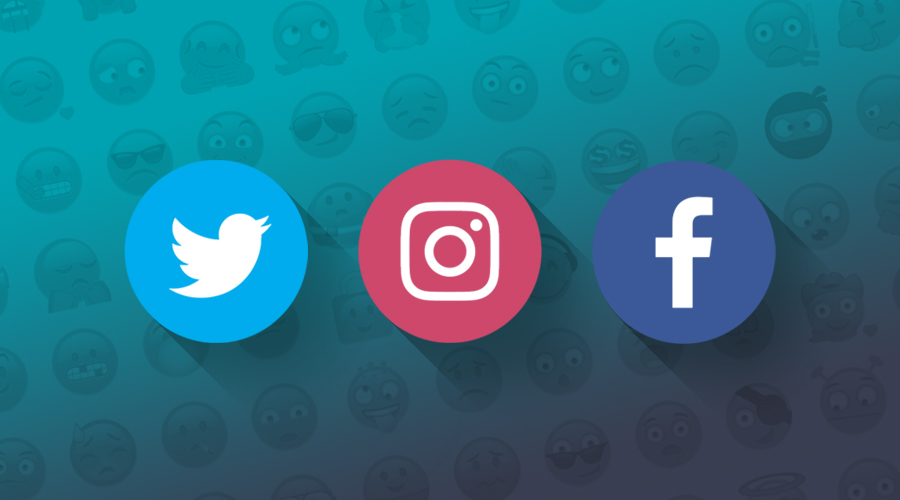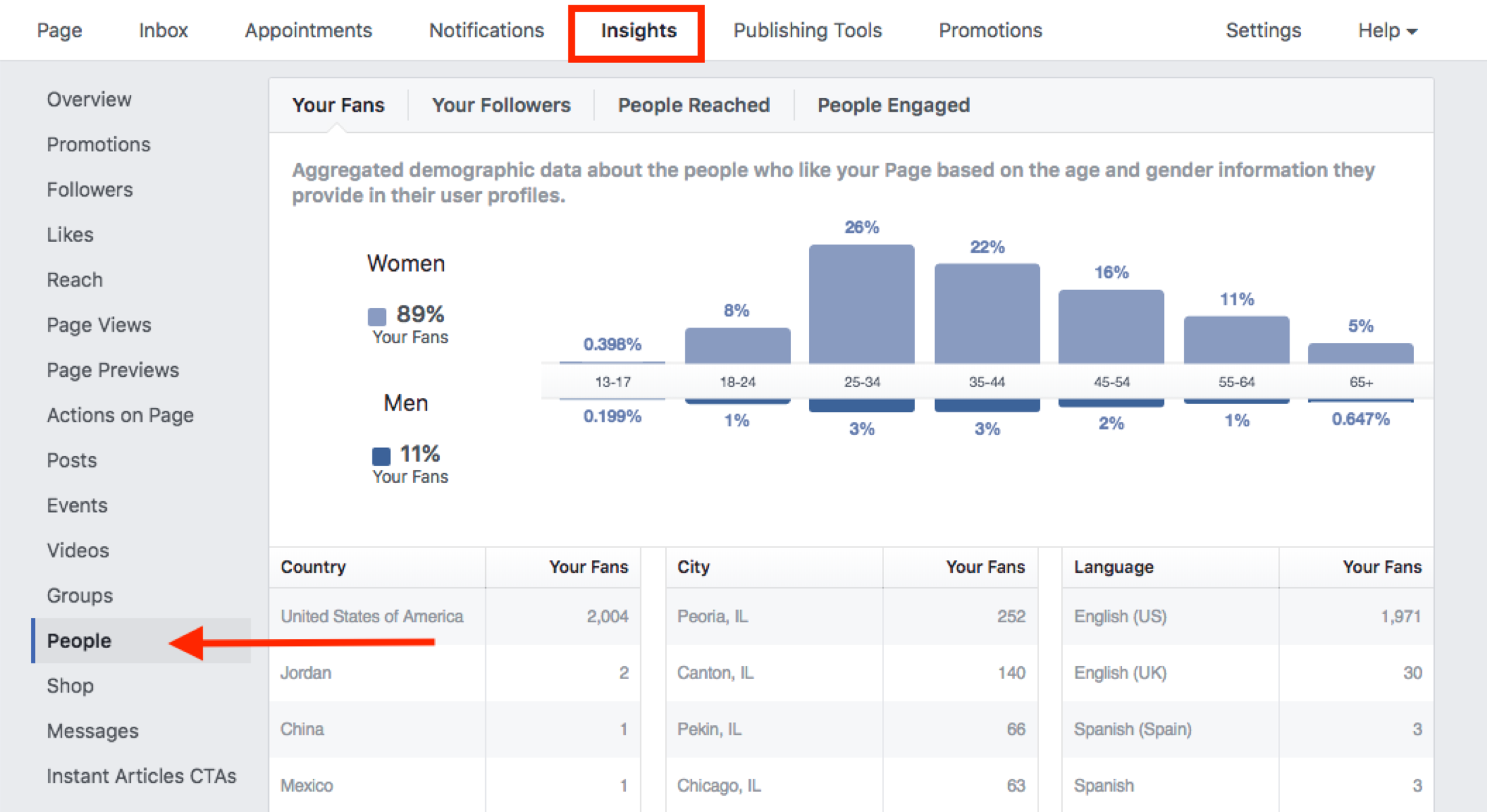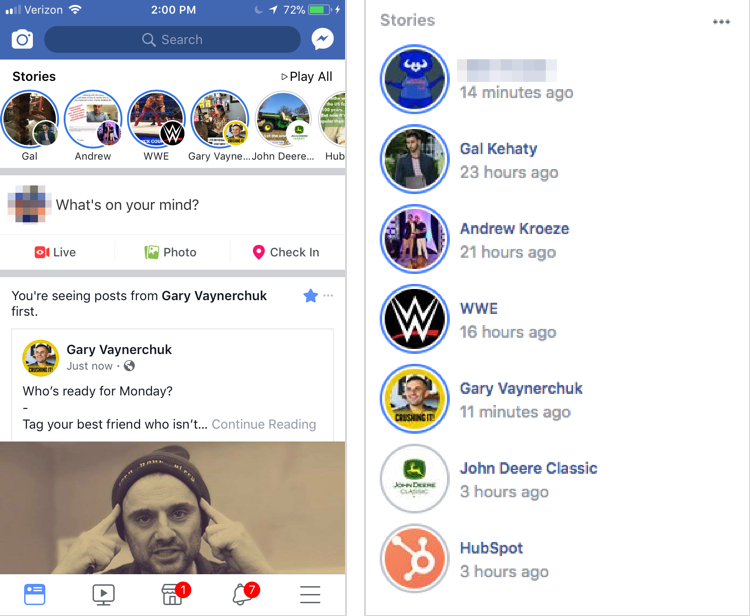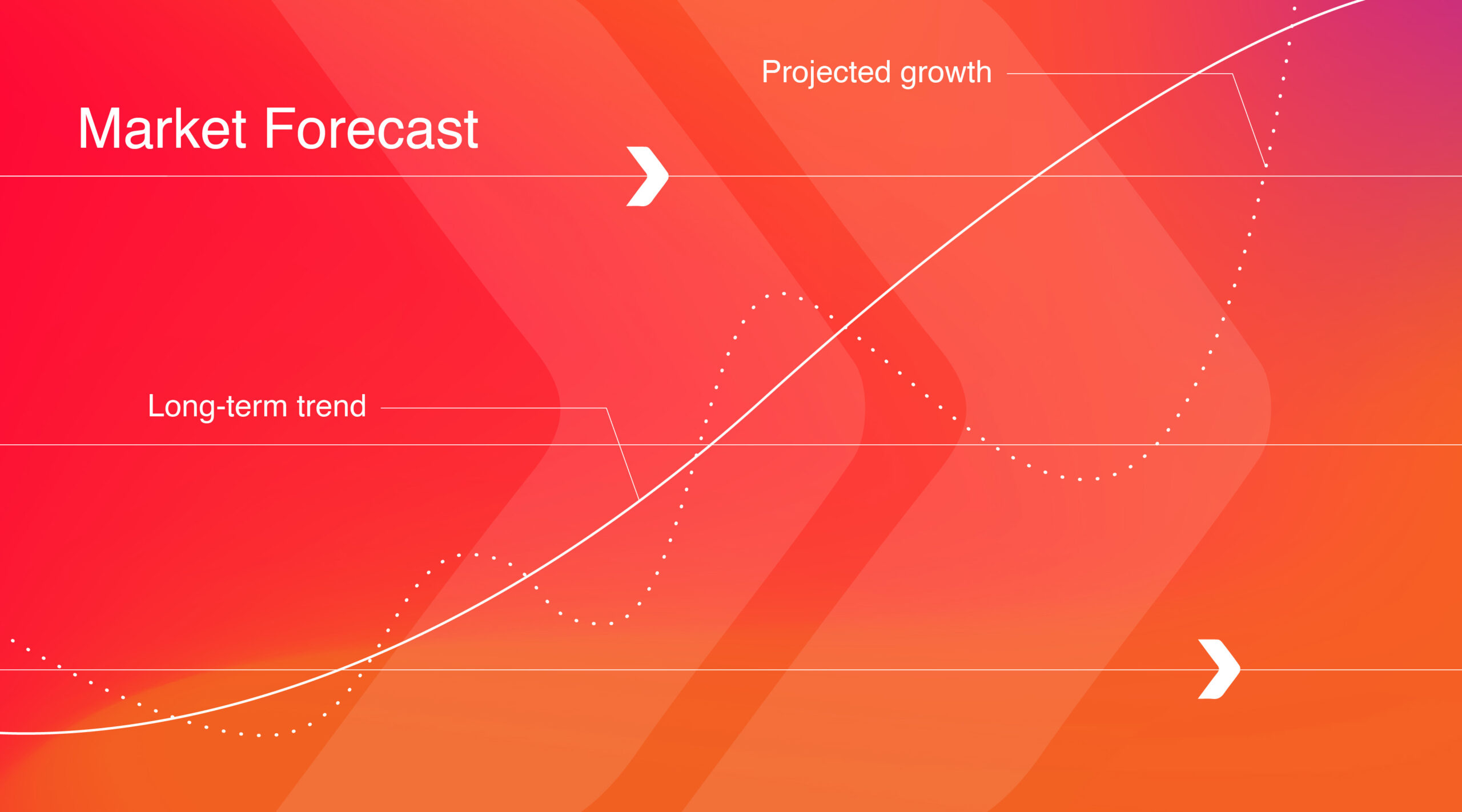It’s no secret social media is a valuable strategy for businesses. As this continues to evolve, it’s important to know the latest, but it’s also good to get back to the basics. You might be thinking “here we go again,” but fresh ideas can spark and you may gain a new perspective on your approach to social.
Let’s Refresh
People follow businesses on social media to “be in the know” and feel like a valuable part of your organization’s community—it’s critical that you help foster these benefits to keep a highly-engaged audience. These individuals have elected to receive updates from your business and can be your brand’s greatest advocates. Be sure to keep them at the focus of your social strategy.
The ‘if you build it, they will come’ strategy for social media is fake news. For any successful social media account, it’s important to start with an action plan based on goals for each channel, as well as the timeframe for achieving results. Your goals should help drive the content and tone leveraged to communicate with your audience.
Goals could be specific around:
- Brand awareness
- Customer engagement
- Product promotion
- Fundraising
- Recruitment
PRO TIP: Don’t just wing it. Social media content calendars are a great way to organize your thoughts, ideas and posts.
Growth on these platforms will occur over time as you continue interacting with the online communities you’ve developed. Relationships are key, so follow organizations your core audience identifies with and interact with them online. Learn from your successes and failures to better tailor your posts to the outcomes you desire. The most common mistake businesses make is to focus too much on gaining new followers, and ignore a user once they become a follower.
Making the Most of Each Channel
People use social media channels in different ways and for different reasons. Just because a post performs well on Facebook does not mean the success will translate to Twitter or Instagram. Learn each audience’s preference for information and curate content to those specific channels and audiences. Let’s take a look at how to get the most out of Facebook, Instagram and Twitter.
One of the first keys to success on social media is understanding who your audience is and when they are most active. The Insights Tool available to Facebook Page Admins is a great place to start.
This can be accessed under the ‘Insights’ tab.
You can view a variety of Insights, but some of the most insightful include:
- This selection, located in the left-hand column, will illustrate what time of day most of your fans are online and what day of the week sees the most visits.
PRO TIP: Schedule content to be published during peak times and days to gain the greatest reach.
- This view shows a demographic breakdown of fans and engaged users. This information allows you to customize your content toward users who are already engaged.
How to Make it Count
Many studies have shown that posting one to two times per day is recommended. Organic post reach has been reported to be on the decline. This can be attributed to an increase in available content and limited space in individuals’ news feeds, but there are still ways to engage current audiences. But beware: Don’t post just for the sake of posting. More attention must be given to the types of content that resonate with your audience, which again, can be monitored through the Facebook Insights section of your page.
In 2017, the most viral Facebook posts were video. Out of the top 20 viral posts, only three were not videos.
So, what are the best content types?
- Awesome and inspiring content. At the top of the most viral post list were stories, interviews and other emotionally resonating information. Video is a key performer for this type of content. The production value of the video, in these cases, is less important than the message and the events themselves. Real video, with real people in action will often perform better than highly produced bits.
- Trends. Another way to get in front of more people is sharing trending topics. Facebook offers users a chance to learn more about trending topics based on their popularity. Share relevant topics with added comments, insights or suggestions. Posts with trending topics tend to reach more users on Facebook.
- Practical hacks. Tips on simplifying day-to-day tasks rank as one of the most popular content categories. Consider ways your brand can deliver short bits of video about the top things for your audience to know, do, think about, etc. (while utilizing your product or service of course).
PRO TIP: Keep an eye out for shareable content from other Facebook pages or organizations similar to yours. Not all content needs to be original. If it fits the personality of your organization, use it to your advantage.
Get More Out of Facebook with Various Post Types
Facebook leverages several different post formats that you can take advantage of to increase interactions with your brand.
- Live Posts: As video became a top performing format on Facebook, the platform introduced Live Posts. This format allows Pages to stream live and appear in Newsfeeds of users who have liked or are following the page. Not only do followers receive real-time push notifications that your brand is going live, but the post-broadcast video is saved so users can access at a later time. Viewers are able to communicate with the broadcaster in real-time — asking questions, giving suggestions, offering feedback, etc. To up your quality game: Shoot with your phone horizontally, find a window or some natural light and be aware of your surroundings.
- Facebook Stories: Currently in the process of rolling out for Facebook Business pages, Facebook Stories will feature various filters and editing techniques to allow brands to document activities throughout the day without posting to the actual timeline. Videos and photos are eligible for Stories. Similar to SnapChat, these posts have a 24-hour lifespan until they are removed. Individuals will have the ability to view stories of the business pages they liked. The Stories are featured in the top real estate on the Facebook mobile app, right below the search bar and show up on the top right-hand side of Facebook on desktop.
- Call-to-Action (CTA): Facebook is a great platform for sharing blog posts, eNewsletter signups, press releases and fundraising opportunities that are relevant to your organization and community. True fans and followers will appreciate the ability to receive more information through various platforms including regular email communications. Use the Facebook platform to supply information and drive action.
Shameless Self-Promotion: Let’s be friends!
Instagram is a great way to reach a younger demographic. According to thebalance.com, 50 percent of online adults ages 18 to 29 use Instagram. It’s also a growing platform for businesses. There are 10 million more business profiles now than in July 2017.
Over 80 percent of the accounts on Instagram follow a business.
Although Instagram is a visual-first platform, copy cannot be neglected. It’s important to learn how to incorporate relevant hashtags into posts for better reach and searchability.
How to Make it Count
The recommended posting frequency for Instagram is the same as Facebook, one to two quality posts per day. Instagram posts should tell your organization’s story and impact through imagery. In-the-moment photos and videos can turn into impactful ways to bring awareness to your brand.
PRO TIP: Stories, a 24-hour feed with images or videos. These posts can come from your feed but won’t appear in the profile grid. This option eliminates over posting and allows you to journalize an event or a day-in-the-life with photos or videos.
Using Hashtags
Hashtags are a great way to group and search content – and be found in searches. Searching by a hashtag allows a user to find topics that are meaningful for them. Hashtags are a great way to tie yourself to a location, a cause, an event or general topics to increase brand awareness and recognition.
TIP: When planning hashtags, it’s a good practice to perform some anecdotal research before posting to ensure potential hashtags are not heavily linked or utilized to undesirable topics or posts.
Twitter is a phenomenal source for news and current events. The platform serves as instant messaging to the public. Twitter is much more in-the-moment than other social media outlets, which, depending on your goals, could mean a higher posting cadence than other platforms. Though Twitter’s algorithm considers engagement, location, media type and other various inputs, timing and recency are still the leading factors in visibility of posts.
How to Make It Count
Due to the nature of Twitter, more posts are necessary on a daily basis to achieve similar engagement results as other platforms. The recommended benchmark is 15 tweets per day. Quick Sprout reports that more retweets happen within an hour after the original tweet, so a higher daily frequency should help drive reach. And remember, a tweet has a shorter lifespan than a post on any other social media platform.
In the past, Twitter limited a message to 140 characters, but that changed in November 2017 when the available space was doubled to 280 characters. Though the real estate for text has doubled, be sure to include other forms of media in tweets.
Videos are six times more likely to be retweeted than photos and three times more likely than GIFs.
PRO TIP: Use multimedia to your advantage. Tweets that include an images are 34 percent more likely to get retweeted than those without an image. Be sure to keep your images relevant to your topic. According to Post Planner, relevant images get 94 percent more views than content without relevant images.
Using Hashtags
Hashtags were born on Twitter in 2007 and remain a major feature of the channel today. Much of the information on hashtags from Instagram applies to Twitter. Trending topics on Twitter can be identified by hashtags. This allows individuals or brands to jump into relevant conversations around topics that are popular on the platform, potentially leading to an increased message reach and new followers. Explore different ways to engage with trending topics and capitalize on opportunities that allow your brand to show personality.
Lights, Camera, Reaction
So now you’re a social media superstar, right? You’ve got the data on frequency, know which content types perform the best and have a handle on new and emerging types of interactions in three major social channels—you’re ready to take on the world…but there’s one more thing:
Community Management
Another daily task for social media is community management. We’ve all been there, we interact with a brand online and get crickets or a canned response. Social media is a great way for users to give feedback, ask questions or communicate in general with brands. Because of this, it is extremely important to monitor for feedback from your audience. Take these top businesses on Twitter for example.
Responding to users in a timely matter is the key to the social media experience. Facebook and Instagram allow you to reply directly to users in stream, so anyone who views the post can see the entire interaction. Similarly, Twitter now allows you to reply to individuals in the tweet chain.
There’s also the classic DMs (direct messages), but if your organization isn’t prepared or doesn’t have the resources to manage comments, reply and interact—you need to make that a priority before diving in. After all, it’s social media.
Now you’re ready to take on the social world…onward.







